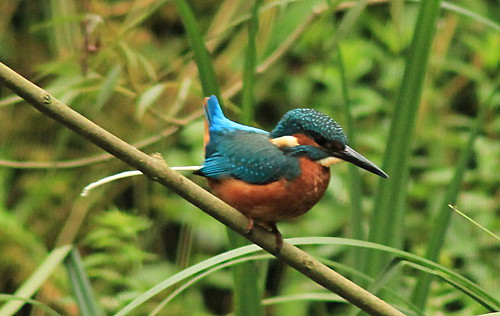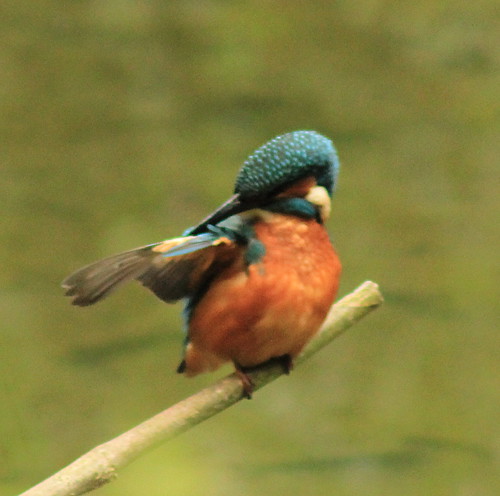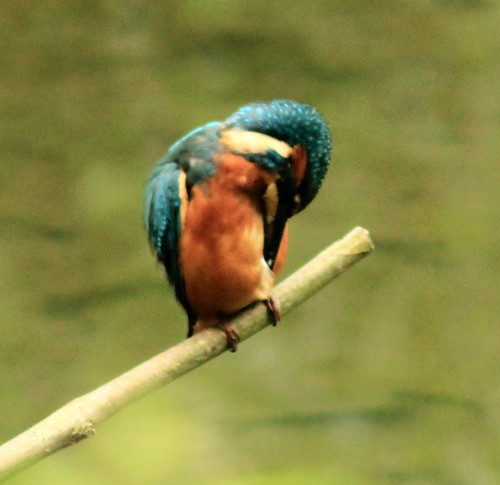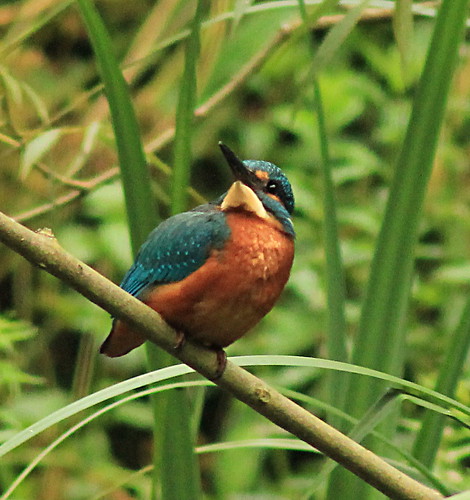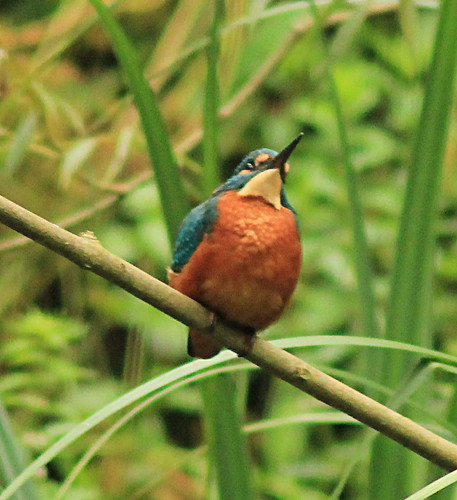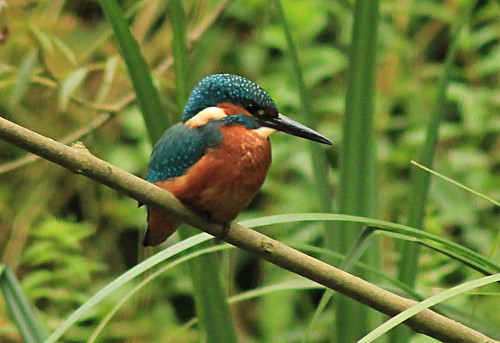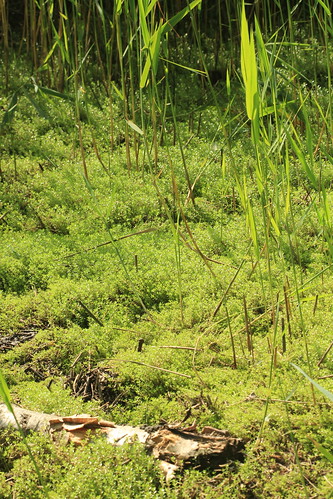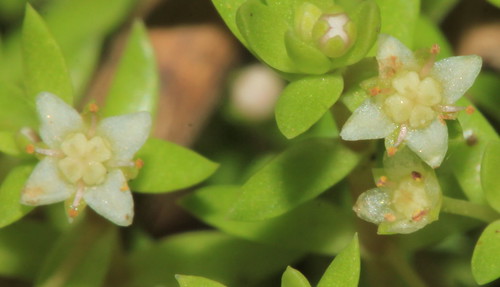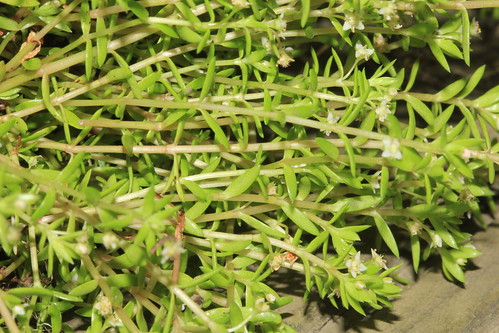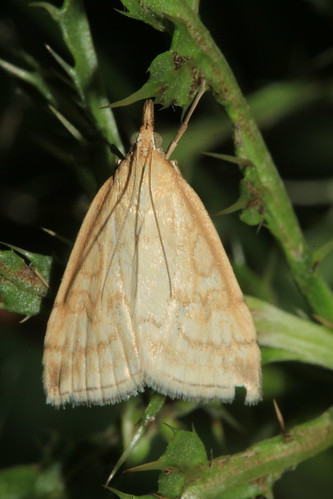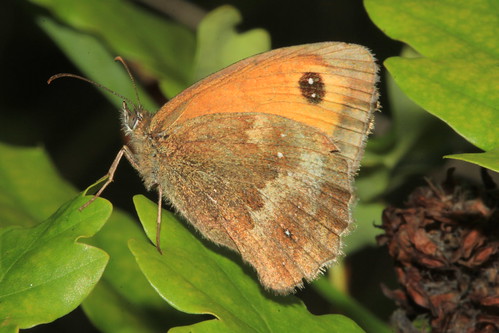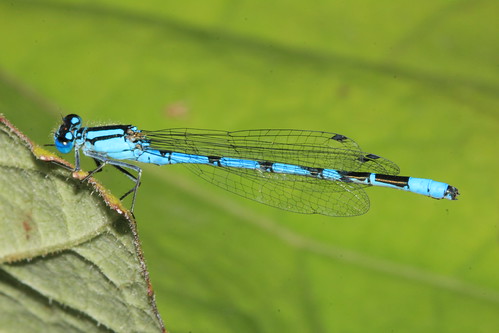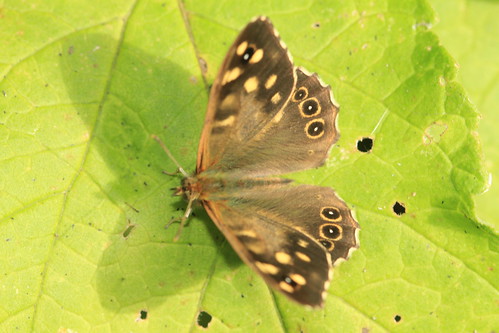Size and Colour
Common Kingfishers measure 17 – 19 centimetres in length, weigh between 34 – 46 grams and have a wingspan of 25 centimetres. Their beak is around 4 centimetres long and pointed. Kingfishers have short, orange coloured legs.
Lens Standard 300mm Tamron non-stabilised lens
Where To see Them
Kingfishers are found by still or slow flowing water such as lakes, canals and rivers in lowland areas. In winter, some individuals move to estuaries and the coast. Occasionally they may visit garden ponds if of a suitable size. They can be seen all year round. Cromwell Bottom is an ideal location for theses birds with a unique comnbination of the River Calder, Canals and Lagoons
General Facts
Kingfishers are vulnerable to hard winters and habitat degradation through pollution or unsympathetic management of watercourses. Kingfishers are amber listed because of their unfavourable conservation status in Europe. It is estimated there are 3,800-4,600 breeding pairs in the UK
This image catches the Kingfisher just as it expresses in the afternoon during its preening ritual
the white liquid faeces is forcably ejeted in a dramatic fashion seen ejected just behind this bird
Preening Ritual
Like all small birds the Kingfisher remains wary of overhead activity to avoid presation by raptors
The common kingfisher hunts from a perch 1–2 m (3.3–6.6 ft) above the water, on a branch, post or riverbank, bill pointing down as it searches for prey. It bobs its head when food is detected to gauge the distance, and plunges steeply down to seize its prey usually no deeper than 25 cm (9.8 in) below the surface
Territory
Like all kingfishers, the common kingfisher is highly territorial; since it must eat around 60% of its body weight each day, it is essential to have control of a suitable stretch of river. It is solitary for most of the year, roosting alone in heavy cover. If another kingfisher enters its territory, both birds display from perches, and fights may occur, where a bird will grab the other's beak and try to hold it under water. Pairs form in the autumn but each bird retains a separate territory, generally at least 1 km (0.62 mi) long, but up to 3.5 km (2.2 mi) and territories are not merged until the spring.
The courtship is initiated by the male chasing the female while calling continually, and later by ritual feeding, mating usually following.
More Videos On The Kingfisher


